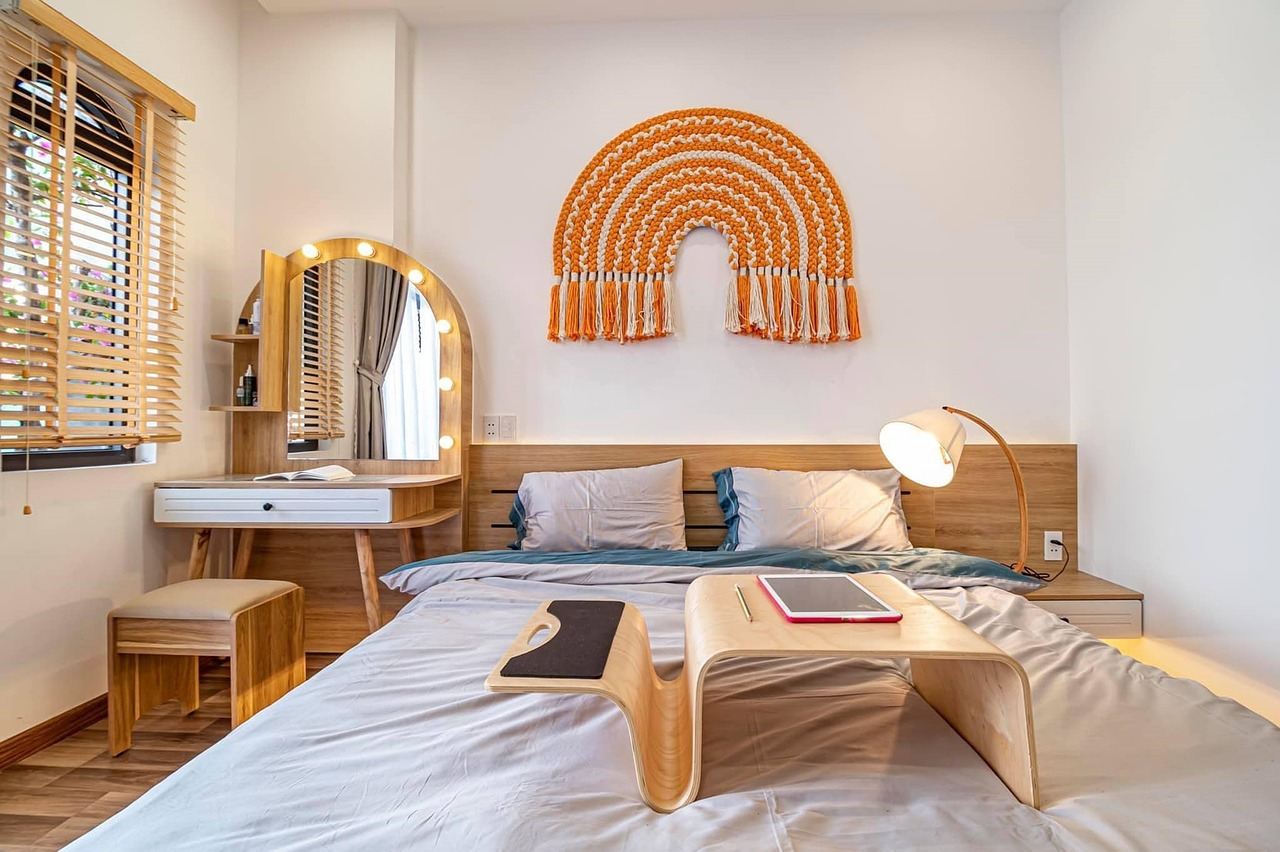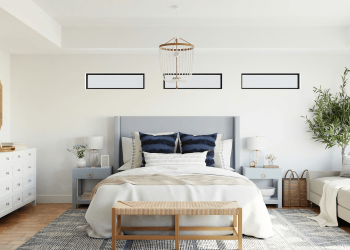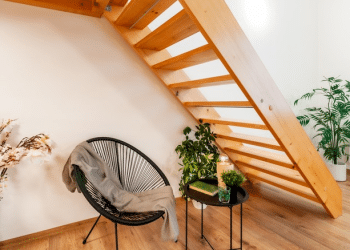Table of Contents

Still, many people try to warm up their rooms by adjusting the heating or piling on blankets. While those things help, there are plenty of smaller upgrades that often go unnoticed. These changes take little time or money, yet they can make a space feel instantly warmer.
A few thoughtful adjustments can make a big difference. When done well, even overlooked details can shift the feel of a room within minutes. Here are five simple changes that can make your space more inviting straight away.
Rugs on Hard Floors
Hard floors are practical, but they often lack warmth in both feel and appearance. Rugs do more than add colour. They create a layer that insulates against cold air coming through the floor. Walking on a soft rug instead of cold tiles or timber makes a noticeable difference.
In the United States, many households place large area rugs in living rooms and bedrooms to keep floors warm and cosy. In the United Kingdom, layered rugs on hardwood or tile are a popular way to block draughts and add comfort. With options such as rug.com.au in Australia, it is easy to find rugs that suit both the climate and the layout of your home.
This simple change adds more than just warmth. It helps reduce sound, makes the room feel more complete, and softens the overall look. Whether you prefer a bold pattern or a neutral tone, rugs can anchor furniture and bring warmth in a way that is both practical and stylish.
For homes with open-plan layouts, rugs also help define different areas. They can separate a reading nook from a dining space, adding shape and structure without requiring major changes. When chosen carefully, rugs become part of the character of the room rather than just a functional piece.
Thicker Curtains
Many people underestimate how much warmth escapes through windows. Even when the heating is on, cold air can still sneak in if curtains are too thin. Swapping light fabrics for heavier, insulated curtains traps heat and keeps out chilly draughts.
Instead of relying only on the thermostat, consider using curtains as a barrier that improves both comfort and temperature. The right fabric can soften the appearance of a room and reduce that empty, echoing effect. During colder seasons, thermal or blackout curtains make mornings feel less harsh.
Thicker curtains also reduce outside noise. Heavy fabrics absorb sound, which creates a quieter and calmer environment. With this simple change, your room will not only look warmer but also feel more peaceful and inviting.
Layered Lighting
Many rooms rely on a single overhead light, which can feel cold and flat. Lighting influences the way a room feels just as much as colour or furniture. By mixing light sources such as table lamps, wall lights, or even string lights, you can adjust the mood throughout the day.
Adding softer, warmer bulbs instantly changes the tone of a space. Placing lamps in corners or near seating areas creates cosy zones where people naturally gather. The key is not the brightness but the placement and colour of the light.
Lighting also affects how people feel. Softer light encourages people to relax and spend more time in a space. Even switching one bulb from cool white to warm white can transform the atmosphere of a room with very little effort.
Soft Furnishings
Rooms filled with hard surfaces can feel cold, even when the temperature is high. Soft furnishings such as throws, cushions, and upholstered seating break up the stiffness and bring in comfort. They are also some of the easiest items to update throughout the year.
Mixing textures works especially well. Materials like velvet, chunky knits, and cotton blends each add their own sense of warmth. Matching every piece is not necessary. In fact, a little contrast creates a more lived-in and welcoming atmosphere.
Soft elements also encourage people to relax and unwind. A blanket draped over a chair or a few cushions placed on the floor send a message that it is fine to sit down, take your time, and enjoy the space. These simple touches show care, and that care helps make a room feel warm and homely.
Warm Paint Colours
Colour strongly influences how we experience a room. Cool-toned greys and blues may look clean, but they often create a distant or sterile feeling. Warmer tones such as soft browns, beige, or gentle yellows make a space feel more connected and welcoming.
Even painting a single feature wall can change the atmosphere. It does not need to be bright or bold. A light caramel tone, for example, reflects light better and gives off natural warmth.
Unlike furnishings, paint surrounds you every time you enter the room. This makes its effect long-lasting. Choosing warm shades does not mean going dark. It simply means leaning towards colours that feel cosy rather than clinical. Pair them with warm lighting and soft textures for the best results.
Final Words
Warming up a room does not always mean spending a lot or making major changes. A few thoughtful upgrades can create a lasting effect. Once you start noticing the details, it becomes easier to see what might be missing.
Try one or two of these changes and notice how much better your space feels. Sometimes a small effort is all it takes to turn cold and plain into warm and welcoming.







